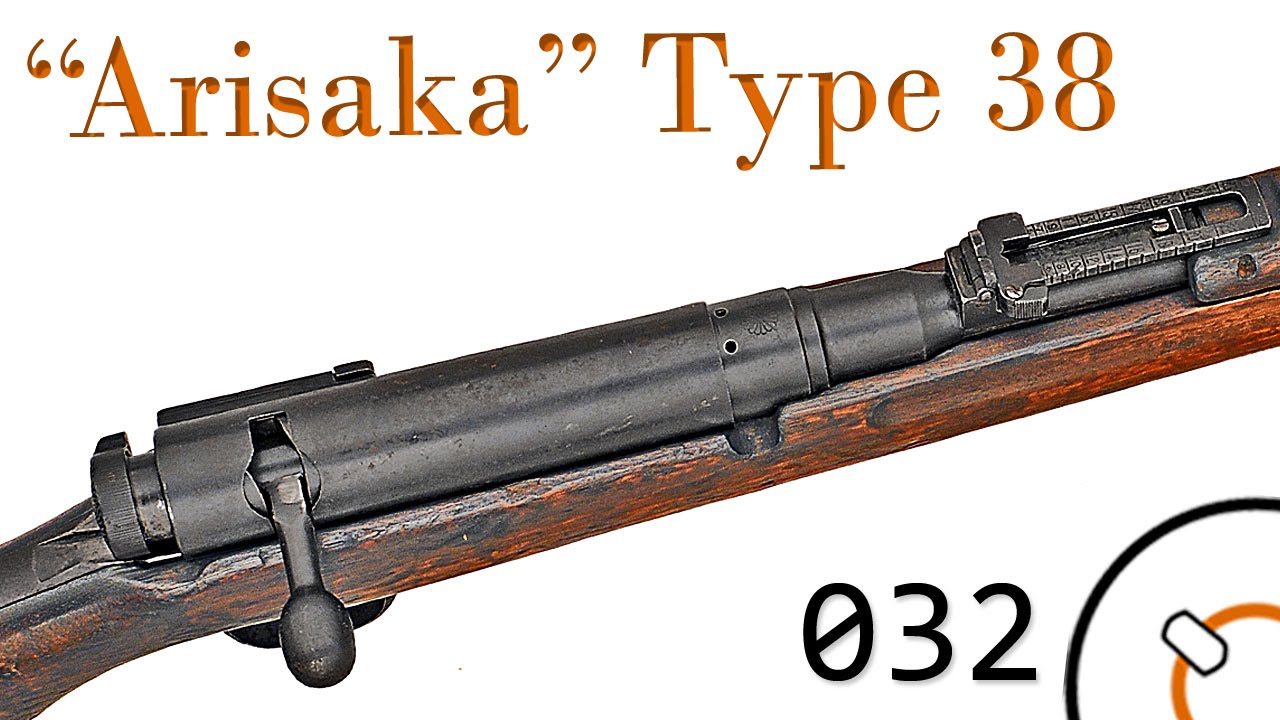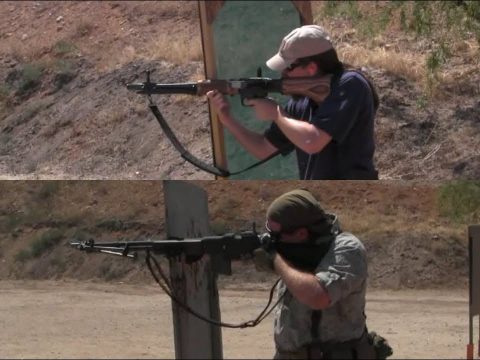Part 2 of my project to animate the workings of Holland submarines (1902 – 1913). It is a work-in-progress animation, so may change if more information emerges. This video illustrates my thoughts on Navigation: the steering mechanisms, how the horizontal rudders were operated to control depth, steering by magnetic compass that is external to the steel hull. I am assuming there was a battery light in the top of the binnacle. This would presumably be replaced before each exercise, but these submarines would only venture out for a day or so. The Periscope is in two parts, a revolving upper tube with prism, and a static part for the helmsman. This arrangement results in the Helmsman’s image rotating. Ventilation on the surface is provided by three 3inch diameter 8 foot tubes, which have to stowed and sealed when dived. The hull diameter is just over 11 feet. A later addition (?) is a 10 inch ventilator to provide air for the petrol engine (or extract petrol and combustion fumes – it is not clear). I haven’t found any drawings of the external ventilator hatch so I use a representative hatch to show it must be fully secured before diving.
Crew of 8
The notes for the Part1 video give more information of the history of the Holland submarines in the British Royal Navy.
https://www.youtube.com/watch?v=e8ipmN66o38
The next stage will look at the diving arrangements – the main ballast tank flooding and blowing arrangements, Kingston valves, the buoyancy tank, and fore and aft trim tanks. The tricky bit will be to model the machinery on the port aft end of the boat – ballast pump, air compressor, circulator pump. I find the drawings are very hard to interpret.
Animation created using Cinema 4D and iMovie.
Acknowledgement: My thanks to the Library of the National Museum of the Royal Navy, Portsmouth
References Drawings – John Lambert

Hi, I’m Rob, otherwise known as VBBSMYT.
I create the animations on my iMac using Cinema 4D, which I find very intuitive, and allows me to add smoke and flames, and then send the model to my trusty Render farm.
I make my models as accurate as possible through reference books and particularly good drawings. You may have seen my animations of early torpedoes and machine guns on YouTube. I enjoy finding out how things work and it has been fascinating to track the development from the late Victorian period up to World War 1.





